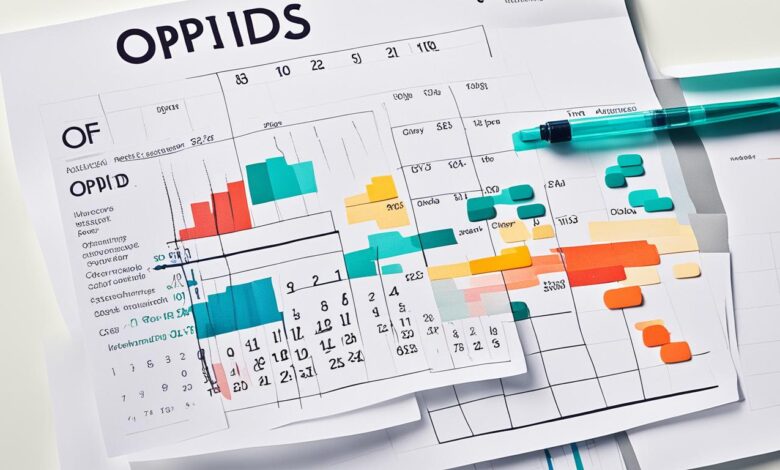Effective Tips: How to Taper Off Opioids Successfully

More than 2 million Americans battle with opioid use disorders. This highlights the need for effective opioid tapering strategies. A personalized opioid tapering plan offers a vital chance to get back to health. It is crucial to know how to lower opioid use safely, minimizing withdrawal symptoms.
With proper guidance, you can successfully overcome opioid dependence. Understanding how to reduce opioid doses is key. It affects both physical health and overall well-being. Learning to manage discomfort safely is essential in the care of opioid-addicted individuals.
Understanding the Need for Opioid Tapering
The medical world is paying more attention to the problems with opioids. There’s a big focus on opioid dependence and how to lower opioid doses safely. It’s really important to handle withdrawal symptoms well. This ensures patients are both physically and mentally okay as they cut back on opioids. There’s a lot of studies showing the dangers of stopping opioids too fast.
Because of this, healthcare providers must carefully plan how to reduce opioid use. This patient-focused approach is essential.
Identifying Opioid Dependence and Withdrawal Risks
Opioid addiction can happen quickly, sometimes within a few days. Signs like mood swings or losing interest in hobbies warning of addiction. This shows why it’s crucial to have a clear plan for lowering opioid doses. Without proper care, withdrawal can be very dangerous.

When to Consider Tapering Off Opioids
It’s time to think about reducing opioids when the bad effects outweigh the good. If you’re taking a lot of opioids or not getting pain relief, it may be time to reassess. This could mean starting to lessen the opioid dose.
The Role of Healthcare Providers in Managing Opioid Tapering
Doctors guide patients through the process of cutting down on opioids. They create a specific plan for each person. This often means reducing the dose slowly, starting with 10% per week for new users. For those who have been using opioids longer, the reduction might be over a month.
This careful method uses advice from different types of health experts. This ensures the patient gets full support, not just with their medical needs. It helps them in many areas of their lives while they reduce opioid use.
| Duration of Opioid Use | Weekly Tapering Rate | Monthly Tapering Rate | Key Considerations |
|---|---|---|---|
| Short-term (less than 3 weeks) | 10% | – | Lower risk of severe withdrawal symptoms |
| Long-term (3 weeks or more) | – | 10% | Needs a careful physiological and psychological support structure |
| High MME Dosages | Adjustments based on patient response | Adjustments based on patient response | Monitoring for overdose risk due to decreased tolerance |
Talking openly during this time is very important. It helps patients feel supported and ensures their safety. This communication is key in successfully dealing with opioid addiction.
Creating a Personalized Opioid Tapering Plan
Starting to reduce opioids for pain needs a specific opioid tapering plan. This plan looks closely at each person’s story. It checks why they started opioids, for how long, and their health history. With this info, doctors can choose the right tapering, avoiding risks of stopping too fast.
For successful managing opioid therapy, mix new pain methods without opioids with strong support. Tapering speed must match what the patient can handle. This makes the process smoother for body and mind. Opioid safety gets better with teaching about overdose and offering naloxone.
It’s important to keep checking and adjusting the plan. This means changing it based on how the patient is doing. With personalized tapering strategies, doctors can focus on patient comfort and health. This teamwork makes patients feel part of their journey to being opioid-free. It shows the best of care that focuses on the patient.






